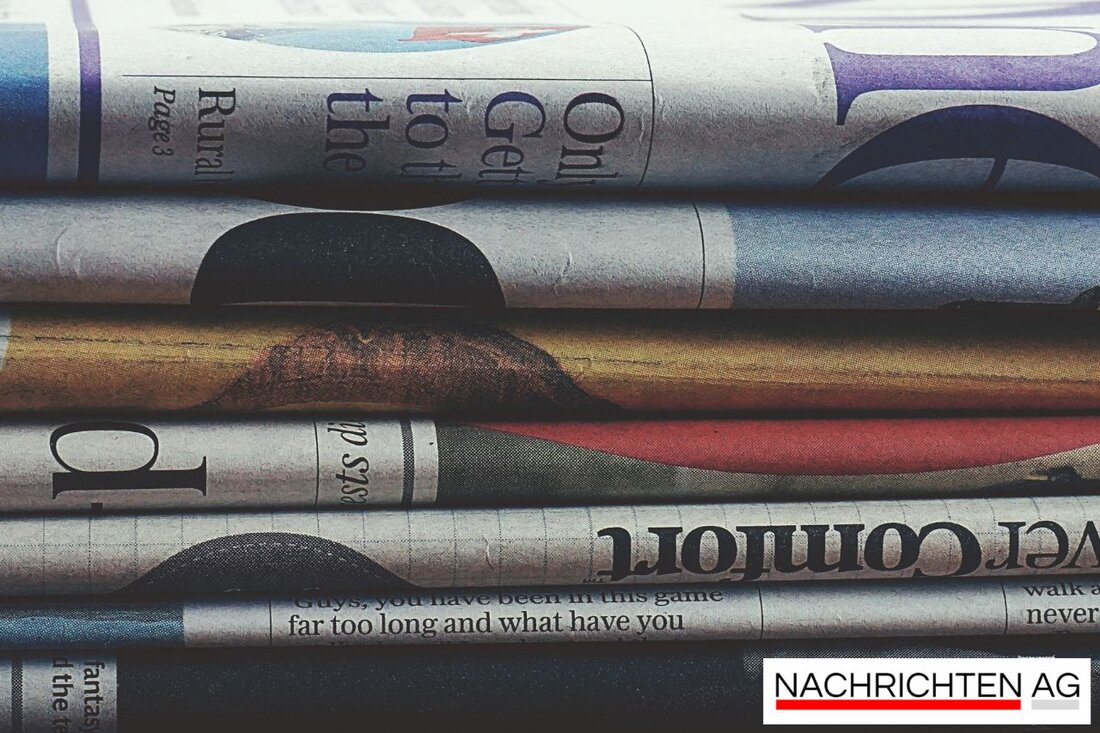Munich's population: Where the city grows and where it shrinks!

Munich's population: Where the city grows and where it shrinks!
Untergiesing-Harlaching, Deutschland - Munich is currently experiencing a noticeable demographic change that brings both challenges and opportunities. The Bavarian capital currently has around 1.6 million inhabitants and thus holds the title as the largest city of Bavaria. The forecasts indicate that around 1.83 million people will live in the city by 2045, which is a good increase. According to the evening newspaper, Munich with 5200 inhabitants per square kilometer offers the highest population density among the German major cities. Especially in Au-Haidhausen, the density with almost three times as many people per square kilometer is remarkable, although here in the next 20 years there is hardly any increase in population.
But where does the city grow and where does it withdraw? A decline in the population can be observed in some districts. Untergiesing-Harlaching has a decline of 5.2 %, which corresponds to about 2800 fewer residents. In addition to a falling birth rate, the reasons for this are also the lack of new buildings that only 500 to 2000 new apartments. A slight decline is also expected in the old town as well as in Ludwigsvorstadt-Isarvorstadt and Schwanthalerhöhe.
A look at the growth patterns, however, shows a clear trend reversal: while some districts shrink, others are faced with a remarkable upswing. Aubing-Lochhausen-Langwied in particular will record an increase of over 50,000 inhabitants and over 10,000 new apartments, especially in the Freiham district district, by 2045.
a nice home in Trudering-Riem and Bogenhausen
In Trudering-Riem, the forecast looks just as rosy: until 2045, growth of 40 % is expected, which means over 32,000 new residents. Feldmoching-Hasenbergl can also expect around 23,000 people to grow. In these two districts there are numerous new construction projects such as the settlement of over 10,000 new apartments in Trudering-Riem.
Bogenhausen also makes a name for itself. An increase of almost 28 % and the planning of 5000 to 10,000 new apartments ensure that the district becomes a coveted place for many. Munich remains attractive for citizens from different parts of the world - a trend that has been in last 25 years and is particularly attracting young people. The birth surplus and the positive migration gains are largely responsible for this development, and an attractive range of work and training positions attracts new municipalities: inside.
a look into the past and future
If you look at the historical population, Munich was still a city with almost 500,000 inhabitants in 1900. In 1957 the population crossed the million borders, and the historic high was reached in 1972 with 1.339 million. Since then there has been a stagnating, partially declining development, which only took a trend reversal from 1999. These positive developments were interrupted by various register corrections, while pandemic only temporarily influenced growth.
According to urban population forecasts, the city has also survived the Corona pandemic well and continues to be robust. The immigration trend depends on external factors in the countries of origin, but the long -term forecast promises a further increase in population.
There are currently different population stands: According to the official statistics, 1,588,330 people lived on December 31, 2022. A look into the future shows that Munich not only remains a place of diversity and internationality, but also remains exciting and alive.
How the city will develop and what concrete effects these demographic changes on the infrastructure, social life and the housing market remains to be seen. However, one thing is certain: Munich is and remains a city.
| Details | |
|---|---|
| Ort | Untergiesing-Harlaching, Deutschland |
| Quellen | |
